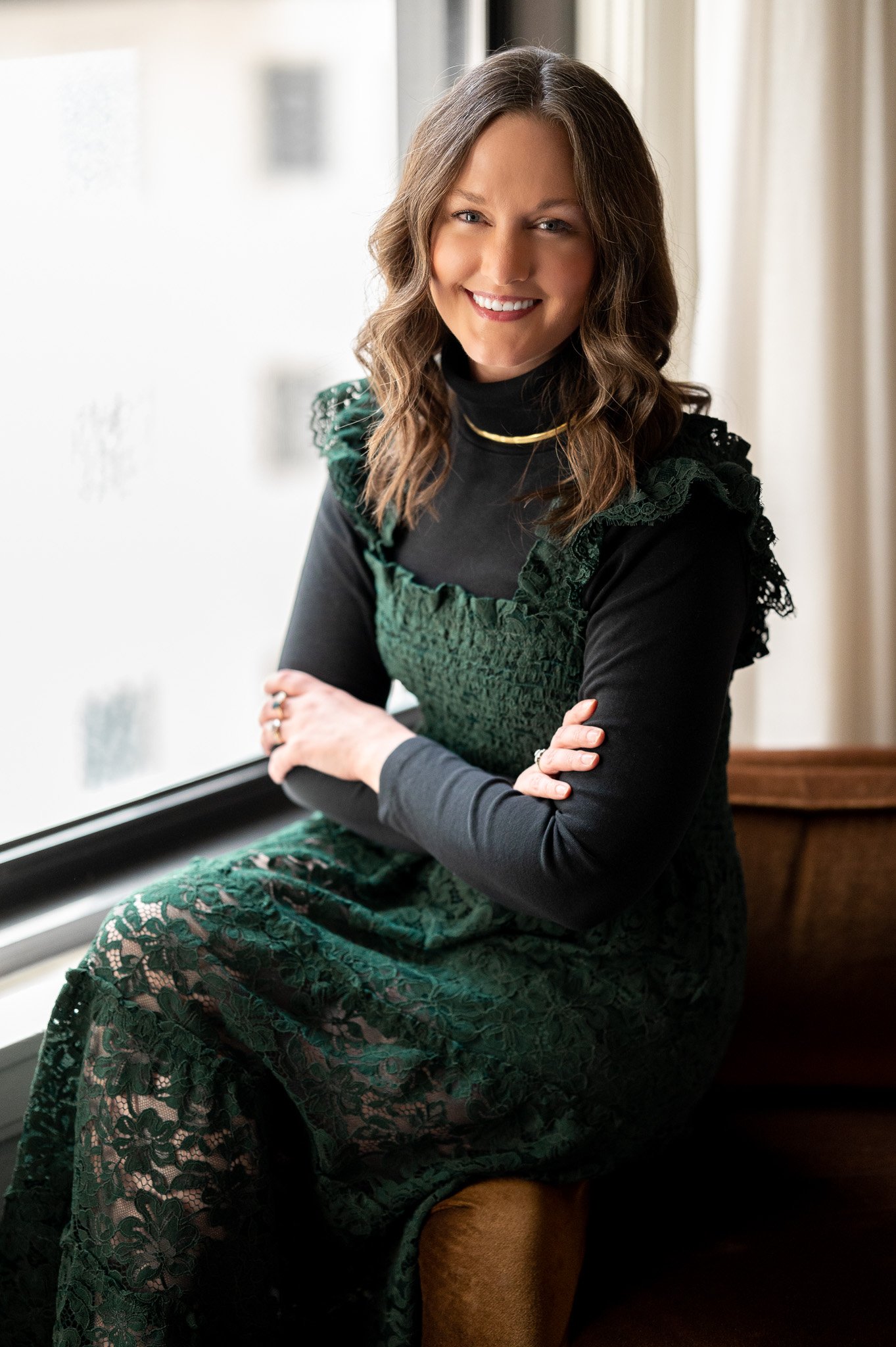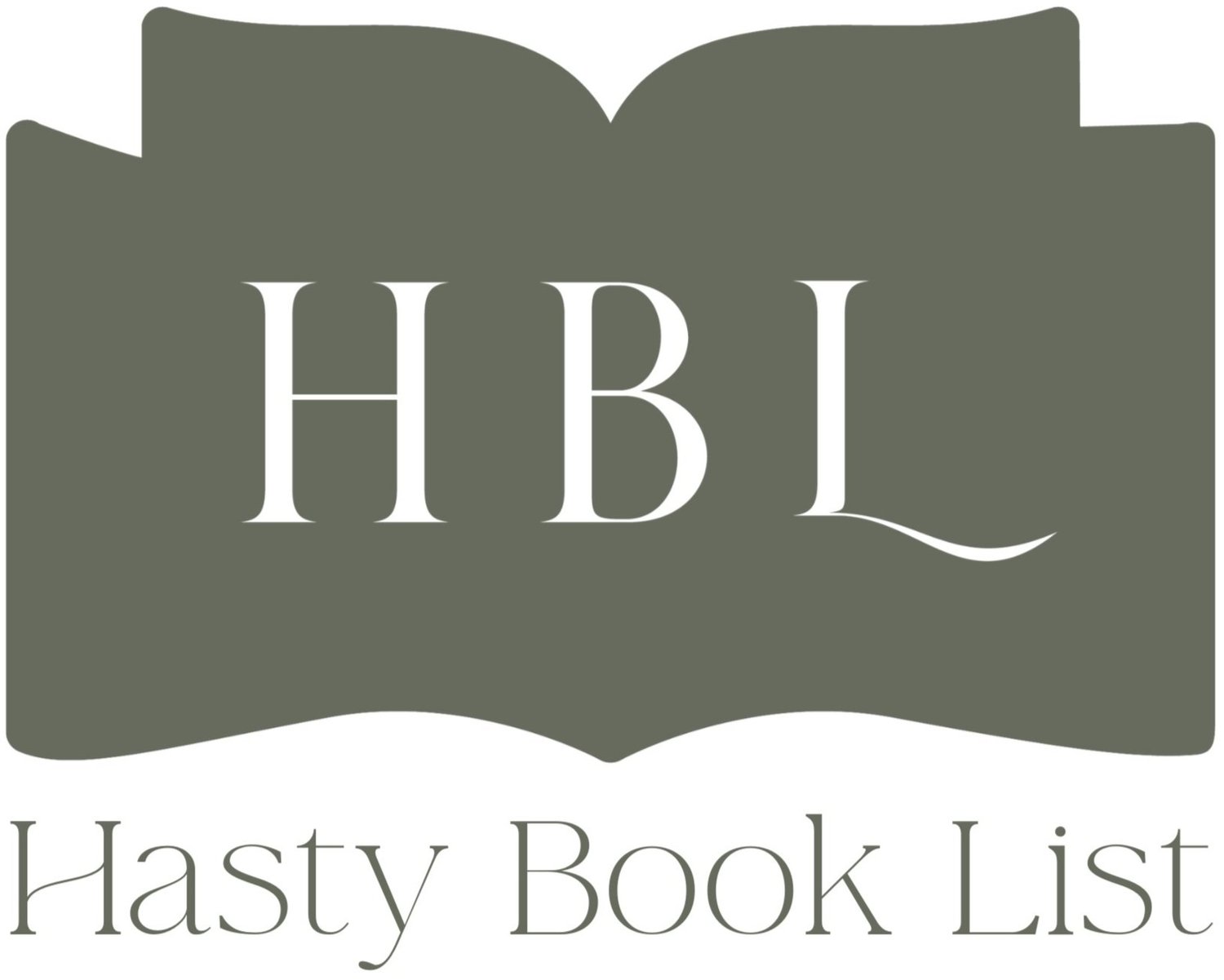Crazy Research Adventures While Writing My Latest Novel: A Guest Post by Barbara Linn Probst
I’m on maternity leave! During this time, a few of my favorite authors offered to step up and write guest posts so that this blog would remain active while I adjust to my new role as a mother. I may also be a bit slower to respond. Thanks for understanding and for being so supportive of me, my family, and my blog. Want to donate a few dollars to keep this blog running or perhaps contribute to my diaper fund? You can do so on Venmo or Paypal.
Crazy Research Adventures While Writing My Latest Novel: A Guest Post by Barbara Linn Probst
Have you ever read a novel with an exotic setting or unusual element—say, a character who raises chinchillas or races unicycles—and found yourself wondering: “Wow, how did the author know all the stuff—and make it so real?”
At first, it probably seems like a two-part question: how the author did her research, and then, how she translated that research into a living, breathing story. First, knowledge. Then, incorporation of that knowledge into a novel.
Um, maybe.
For me, as a writer, the process has gone in both directions, zigzagging back-and-forth. Sometimes I’ve had to stop writing to learn about (or experience) something that my character will need to experience. I don’t always know, ahead of time, what that will be. And then, because of my own experience, I see that my story idea wasn’t quite right and needs to take a different direction. The research doesn’t simply fill in the blanks; it helps to shape the plot.
That said, a novelist can’t (and probably shouldn’t) try to experience every single thing that her characters experience. Just think about stories that include crime, death, natural disaster, time travel, or take place in a different century! At the same time, the depiction needs to stem from, or incorporate, something “real”—something that makes it feel credible and relatable, and signals that the writer knows what she’s talking about.
So. How does a writer achieve that sense of authenticity when she’s writing about things outside her own experience?
Well, at a minimum, she has to gather information. She has to become a sleuth, ferreting-out as many details as she can. That might mean tracking down obscure articles, studying maps and documents and photos, talking to experts and survivors. Think: term paper.
There’s nothing wrong with that approach. I’ve used it too, because it’s part of the process. For example, when I wrote Queen of the Owls, I read everything about Georgia O’Keeffe I could find. I spent a day at the O’Keeffe Research Library in Santa Fe, poring over 100-year-old news clippings (which was pretty cool). I went to see O’Keeffe’s paintings, her home, the places where she lived and worked. Later, when I wrote The Sound Between the Notes, I talked to doctors about Dupuytren’s contracture, interviewed a concert pianist who’d had the disease, read biographies, researched adoption law. I was a scholar—which meant that I focused on mental (intellectual) knowledge, from a nice safe distance. I remained separate from what I was learning.
Not always, though.
In fact, it was a deeper engagement with the piano—not better research or more sophisticated writing skills—that enabled me to revise The Sound Between the Notes and make it the book it needed to be. Until then, the story hadn’t been right. I didn’t know why it wasn’t right, only that it wasn’t. I had to step away from language and open myself to the music, shift from one kind of keyboard to another, in order to understand my protagonist and tell her story from the inside.
Crazy Research Adventures While Writing My Latest Novel: A Guest Post by Barbara Linn Probst
For Queen of the Owls, I needed to convey the transformative experience of a woman who’d always been a kind of bookworm when she posed nude for a photographer. Nope, my “research” didn’t include posing nude (sorry). But I did take my experience of feeling exposed and revealed to a photographer, and “translate” or “enlarge” it into the experience my character had in the novel.
In the first example, I shifted to a different kind of personal experience; in the second, I expanded my personal experience. In both cases, the act of “turning to my own life” for the understanding I needed happened later in the writing process, long after I had a first draft. They weren’t experiences I set out to have, intentionally, before writing the book.
For my third book, The Color of Ice, it was different. This time, I did seek the knowledge and experience that I knew my story would require—in advance, and not just in libraries or websites.
To give a bit of context: The Color of Ice is the story of a woman who travels to Iceland to interview a charismatic glassblower who awakens a hunger in her for everything she’s told herself she doesn’t need anymore—passion, vulnerability, risk. Under the spell of Iceland’s other-worldly landscape, and framed by the magical art of glassblowing, she finds beauty, love, redemption, and her true self.
I knew from the beginning that there were three things I needed to understand before I could write the book: glassblowing, Iceland, and the northern lights.
Certainly, I could (and did) learn about glassblowing by visiting museums and watching others work. But I wanted more! I wanted to understand how it actually felt to blow into the pipe and see the orb expand, to pull on the molten glass and guide it with tweezers and a wooden paddle. I wanted to know the smells and sounds of a hot shop—up close, through my own body.
No, I didn’t become a glass artist, not from a few lessons. But my experience did allow me to put myself in my character’s body (and heart) and understand how the glass would affect her—and thus discover what her emotional journey would be. When Cathryn (the protagonist) understands that the molten glass must be kept in motion—never stopping, always in transition, until the moment it’s freed from the pipe—she begins to understand something about how she needs to live. But I never could have come to that central idea merely by reading about glassblowing.
Crazy Research Adventures While Writing My Latest Novel: A Guest Post by Barbara Linn Probst
Crazy Research Adventures While Writing My Latest Novel: A Guest Post by Barbara Linn Probst
So too, I could have read about Iceland and looked at photos in guidebooks. But I needed to walk the black and ochre lava fields, smell the boiling mud pots, experience the wind whipping across the iceberg lagoon—so I could know what it felt like, not just what it looked like. From that, I could write about the setting and its impact on Cathryn—not simply as description, but as Cathryn herself might experience it.
Crazy Research Adventures While Writing My Latest Novel: A Guest Post by Barbara Linn Probst
It was the same for the northern lights, also known as the aurora borealis: I needed to see them for myself. My trip to Iceland had taken place in the early Fall, before Covid, and the pandemic didn’t allow me to make a return trip in the winter when the lights would be visible. As it happens, however, one of the best aurora-viewing spots in the northern hemisphere is in Alaska, which I could get to. I made two trips to Fairbanks, the second one in the dead of winter when temperatures reach thirty degrees below zero and “day” last only from 10:30 in the morning until 2:30 in the afternoon. That meant traveling over 4200 miles, staying in a special “igloo,” and bundling-up in layers and layers of clothing, with tiny heating squares pressed against my checks to protect the exposed skin.
Crazy Research Adventures While Writing My Latest Novel: A Guest Post by Barbara Linn Probst
Crazy Research Adventures While Writing My Latest Novel: A Guest Post by Barbara Linn Probst
No matter how much you prepare, however, there’s never a guarantee of actually seeing the lights. It depends on factors that are outside your control. And it can happen without warning.
As I wrote in The Color of Ice: “What seemed like a grayish haze, nothing at all, could rise up suddenly in a flashing column of liquid green—filling the sky with a writhing mass of magenta, emerald, violet. And then, just as suddenly, the dancing columns would collapse, and it would be over … The writhing emerald columns might illuminate the sky for twenty minutes or dissipate in seconds. They might never appear. There was no way to predict.”
These powerful concepts—the spectacular beauty, and the lack of control—are central to the story. But I never could have found them if I hadn’t seen the lights for myself (which I did).
Crazy Research Adventures While Writing My Latest Novel: A Guest Post by Barbara Linn Probst
Certainly, there are many things in The Color of Ice that I haven’t personally experienced. That’s what distinguishes fiction from memoir. At the same time, I think a story can be fictional (that is, not factual) while also being authentic (that is, fully alive). The best way to achieve that, for me, is by opening myself to the knowledge that can come in through my senses and heart—by daring to undertake an “embodied” form of research that immerses me in lived experience.
And that’s how my “crazy research” for The Color of Ice took me to the glassblowing studios of Seattle, a remote encampment in Alaska, the glaciers and thermal lagoons of Iceland—and opened me to adventures and understanding I never could have had, simply by imagining the story in my mind.
Crazy Research Adventures While Writing My Latest Novel: A Guest Post by Barbara Linn Probst












